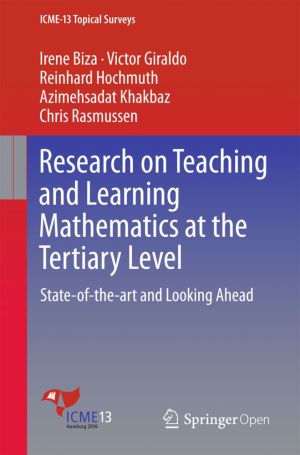Research on Teaching and Learning Mathematics at the Tertiary Level
State-of-the-art and Looking Ahead
by Irene Biza, Victor Giraldo, Reinhard Hochmuth, Azimeh Sadat Khakbaz, Chris Rasmussen
DescriptionDetailsHashtagsReport an issue 






Book Description
This topical survey focuses on research in tertiary mathematics education, a field that has experienced considerable growth over the last 10 years. Drawing on the most recent journal publications as well as the latest advances from recent high-quality conference proceedings, our review culls out the following five emergent areas of interest: mathematics teaching at the tertiary level; the role of mathematics in other disciplines; textbooks, assessment and students' studying practices; transition to the tertiary level; and theoretical-methodological advances. We conclude the survey with a discussion of some potential directions for future research in this new and rapidly evolving domain of inquiry.This open book is licensed under a Creative Commons License (CC BY). You can download Research on Teaching and Learning Mathematics at the Tertiary Level ebook for free in PDF format (0.5 MB).
Book Details
Title
Research on Teaching and Learning Mathematics at the Tertiary Level
Subject
Science and Mathematics
Publisher
Springer
Published
2016
Pages
39
Edition
1
Language
English
ISBN13
9783319418131
ISBN10
3319418130
ISBN13 Digital
9783319418148
ISBN10 Digital
3319418149
PDF Size
0.5 MB
License

Related Books

This book summarizes the vast amount of research related to teaching and learning probability that has been conducted for more than 50 years in a variety of disciplines. It begins with a synthesis of the most important probability interpretations throughout history: intuitive, classical, frequentist, subjective, logical propensity and axiomatic vie...
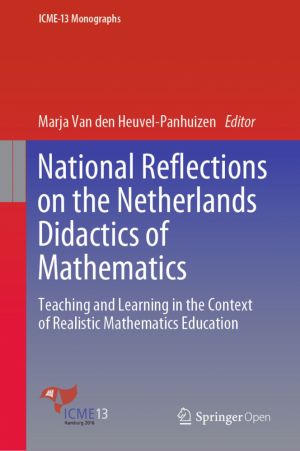
This open access book, inspired by the ICME 13 Thematic Afternoon on "European Didactic Traditions", consists of 17 chapters, in which educators from the Netherlands reflect on the teaching and learning of mathematics in their country and the role of the Dutch domain-specific instruction theory of Realistic Mathematics Education.Written b...
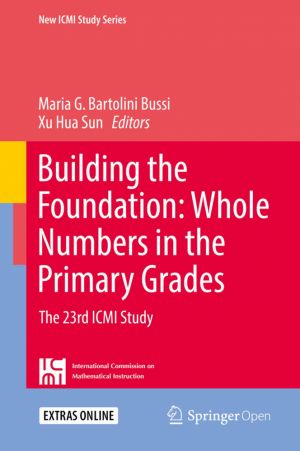
This twenty-third ICMI Study addresses for the first time mathematics teaching and learning in the primary school (and pre-school) setting, while also taking international perspectives, socio-cultural diversity and institutional constraints into account. One of the main challenges of designing the first ICMI primary school study of this kind is the...
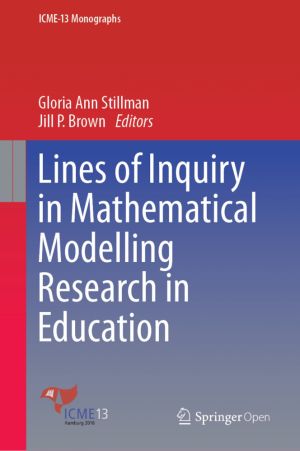
This book is based on selected presentations from Topic Study Group 21: Mathematical Applications and Modelling in the Teaching and Learning of Mathematics at the 13th International Congress on Mathematical Education (ICME 13), held in Hamburg, Germany on July 24–31, 2016. It contributes to the theory, research and teaching practice concerning th...
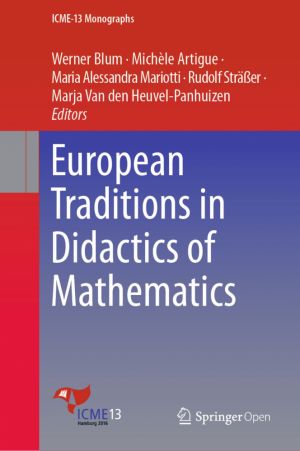
This book discusses several didactic traditions in mathematics education in countries across Europe, including France, the Netherlands, Italy, Germany, the Czech and Slovakian Republics, and the Scandinavian states. It shows that while they all share common features both in the practice of learning and teaching at school and in research and develop...
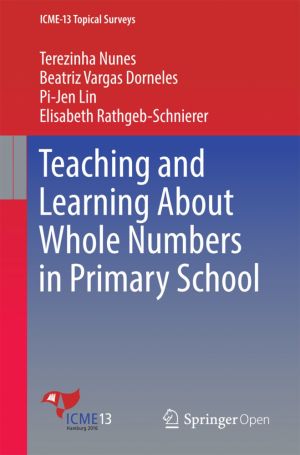
This book offers a theory for the analysis of how children learn and are taught about whole numbers. Two meanings of numbers are distinguished – the analytical meaning, defined by the number system, and the representational meaning, identified by the use of numbers as conventional signs that stand for quantities. This framework makes it possible ...

